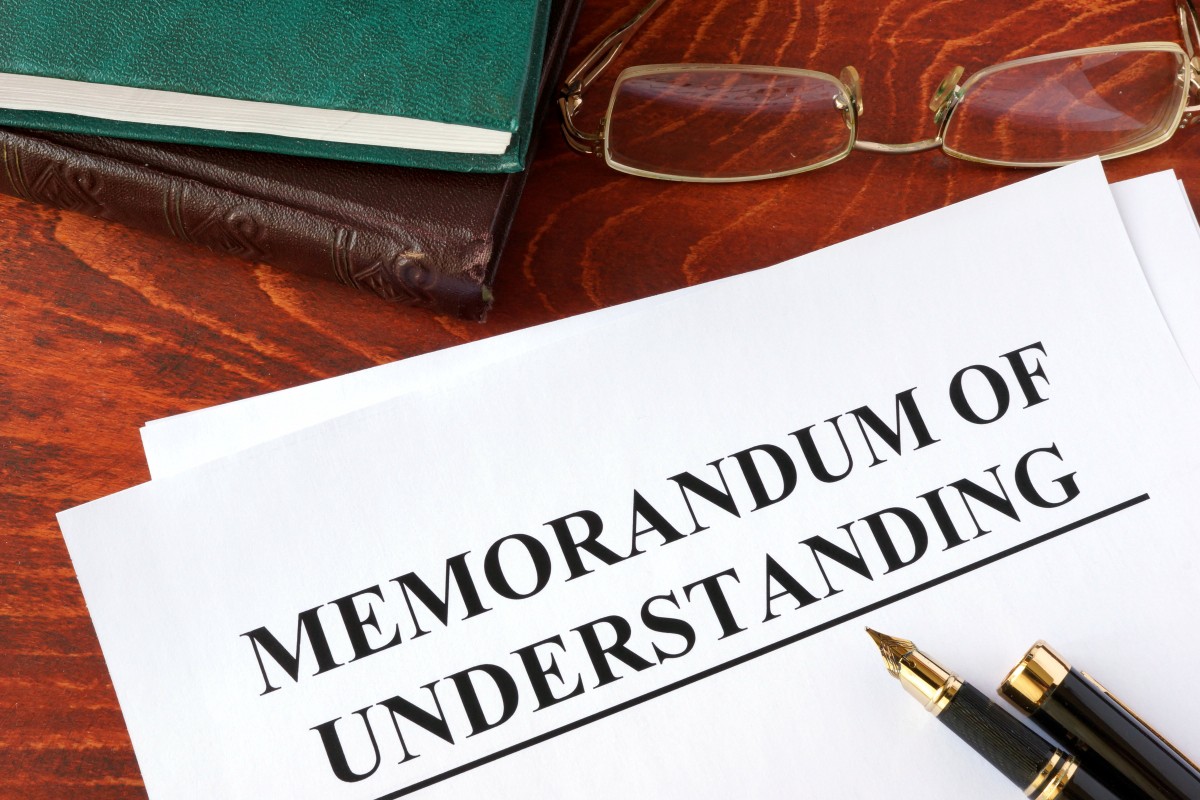
What is a Memorandum of Understanding (MOU)?
A memorandum of understanding (MOU) is a nonbinding agreement between two or more parties outlining the terms and details of an understanding, including each parties? requirements and responsibilities. An MOU is often the first stage in the formation of a formal contract.
Breaking Down Memorandum of Understanding
A memorandum of understanding (MOU) is not legally binding but is viewed as a serious document by the law. In the United States, an MOU is the same as a letter of intent, which is a nonbinding agreement stating a binding agreement will soon follow. MOUs are most often used as part of multinational international relations because, unlike treaties, they are quick and can be kept secret. However, MOUs can also be used domestically and as a tool to modify existing treaties.
MOUs vary in length and complexity, but each understanding represents mutually accepted expectations between people, organizations or governments. Other key similarities between all MOUs is they are not legally binding and do not involve the exchange of money.
Legal Ramifications of an MOU
An MOU signals a legal contract is imminent. However, an MOU itself is not legally defensible but should still clearly outline specific points of an understanding. An MOU should describe the parties are, the project on which they are agreeing, the scope of the document, each parties? roles and responsibilities, and more. An MOU can help two parties move in the right direction toward an agreement.
An MOU, while not an enforceable document, still holds a lot of power because of the time, energy and resources needed to draft an effective and fair document. An MOU forces the participating parties to reach a semblance of a mutual understanding, and, in the process, the two sides naturally mediate and figure out what is most important in moving toward an eventual future agreement that benefits both sides.
Basic Process for Drafting an MOU
Each party starts with a planning phase in which it decides on the desired outcome, what it can offer, what it is willing to negotiate, and what is non-negotiable. An initial draft is then written, after which representatives from each party meet to discuss the details. MOUs often list communication expectations to help the mediation process.
During this time, agreements regarding the timeline for when the MOU takes effect are discussed. Agreements outlining how or when a party can terminate the understanding are also decided. This is when a party inserts disclaimers, restrictions or privacy statements, as desired. Once discussions are finished, a final MOU is drafted and signed.
Wikipedia
Website: https://icon.communityTelegram news channels: (EN) https://t.me/everythingicon (RU) https://t.me/everythingiconruTelegram chat: (EN) https://t.me/iconcm (RU) https://t.me/iconcmru Twitter: (RU) https://twitter.com/iconcmruMedium: (RU) https://medium.com/@iconcmru
https://www.investopedia.com/terms/m/mou.asp


